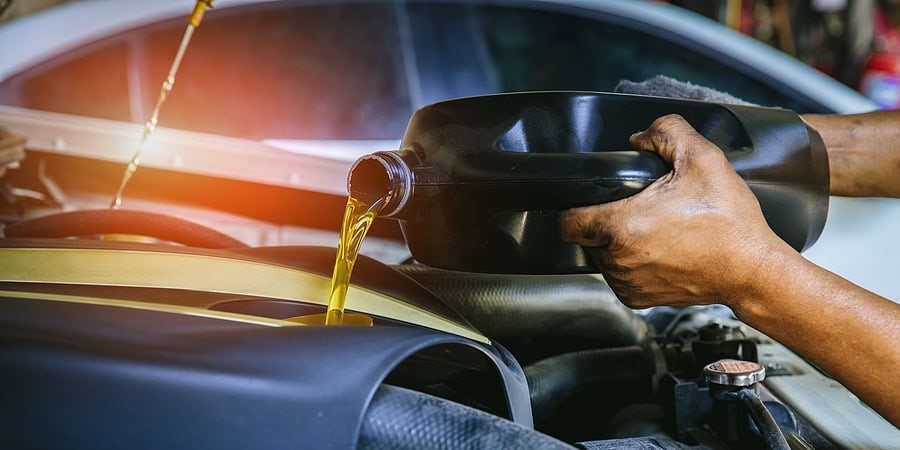Most drivers don’t realize that over 80% of car breakdowns stem from poor maintenance. The average cost of a roadside repair can exceed $500. Regular car maintenance can save you from these expenses while keeping your vehicle safe.
Maintaining your car is essential for its longevity, safety, and saving money. Like any machine, your vehicle needs care to function well and avoid costly repairs. This guide explores key maintenance areas, from checking fluids to addressing common issues, ensuring your car stays in top shape.
Regular Checks and Fluids
Checking Tire Pressure and Tread Depth
Proper tire pressure is crucial for safety and fuel efficiency. Check your tire pressure monthly using a reliable gauge. The recommended tire pressure for most cars usually falls between 30 to 35 PSI. Refer to the manufacturer’s manual or the label on the driver’s door jamb for specifics.
Safety tips:
- Maintain consistent pressure.
- Look for uneven tread wear as a sign of alignment issues.
- Replace tires with tread depth below 2/32 inches.
Fluid Checks (Oil, Coolant, Brake Fluid, Windshield Washer Fluid)
Regularly check your car’s fluids to keep it running smoothly:
- Oil: Check using the dipstick. If it’s dark or below the minimum mark, it’s time to change.
- Coolant: Look for leaks and the level in the reservoir. Replace if low.
- Brake Fluid: Ensure the level is within the recommended range. Low fluid can lead to brake failure.
- Windshield Washer Fluid: Maintain a full reservoir for clear visibility.
Neglecting fluid checks can lead to significant issues. A car owner once ignored low coolant levels, leading to an overheated engine and a ₹80,000 repair bill.
Battery Maintenance
A well-functioning battery is vital for your vehicle. Check terminals for corrosion and cleanliness monthly. Test the battery voltage with a multimeter; anything below 12.4 volts may indicate a failing battery. Watch for signs like slow engine crank or dim headlights.
Preventative Maintenance Schedule
Following the Manufacturer’s Recommendations
Adhering to your owner’s manual is key for maintenance. Manufacturer schedules provide specific intervals for when to change oil, replace filters, and inspect parts.
Creating a Personalized Maintenance Log
Consider keeping a digital or physical log of all maintenance activities. This helps track when services were done and when they’re due next, reducing the risk of missed appointments.
Understanding Common Maintenance Intervals
Common services include:
- Oil changes: every 5,000 to 7,500 miles.
- Air filter replacements: every 15,000 to 30,000 miles.
- Spark plug replacements: every 30,000 to 100,000 miles.
On average, oil changes cost around ₹2000, while air filter replacements are about ₹300.
Addressing Warning Lights
Understanding Warning Light Indicators
Common warning lights and their meanings:
- Check Engine: Potential engine issues.
- Oil Pressure: Low oil or oil pressure problems.
- Battery: Battery or charging system failure.
When to Seek Professional Help
Ignoring warning lights can lead to major repairs. An expert mechanic states, “Delaying attention to warning signs often results in bigger problems.” Immediate attention can save both time and money in the long run.
Safe Practices When Dealing with Warning Lights
If a warning light comes on, pull over safely and assess the situation. Never drive long distances with warning lights illuminated.
Basic Car Cleaning and Detailing
Exterior Cleaning
Regular washing and waxing keep your car looking good and protect paint quality. Use a gentle soap and microfiber cloths to avoid scratches. Washing your car every few weeks, paired with monthly waxing, gives it the best chance against rust and wear.
Interior Cleaning
Clean upholstery with appropriate cleaners. Vacuum carpets regularly to prevent dirt build-up. Wipe down surfaces with a damp cloth for a neat appearance.
Importance of Cleaning for Longevity
Keeping your car clean helps prevent rust and premature wear. Cleaning both inside and out protects your investment and enhances its resale value.
Addressing Common Car Problems
Dealing with Minor Scratches and Dents
For minor scratches, try a scratch repair pen. If the dent is small, you might use a hairdryer and a can of compressed air to fix it. However, for deep scratches or major dents, professional help is advisable.
Addressing Squeaking Noises and Other Minor Issues
Squeaking sounds could indicate worn brakes or dry belts. Troubleshoot by checking your brake pads and belt tightness. A car owner once discovered that a simple lubrication fixed a persistent squeak.
Recognizing Signs of Major Issues
Be alert for signs that require urgent attention:
- Excessive smoke from the exhaust
- Unusual engine noises
- Fluid leaks under the vehicle
Conclusion
Regular maintenance is crucial for vehicle safety, cost savings, and longevity. Key takeaways include keeping up with fluid checks, following a maintenance schedule, addressing warning lights promptly, and cleaning both the interior and exterior regularly. Prioritize your car’s health by creating and sticking to a maintenance plan. Start your journey to a well-maintained vehicle today.

